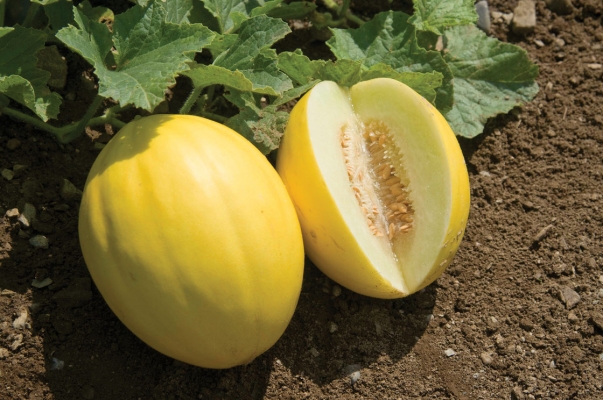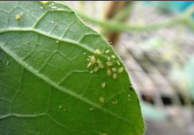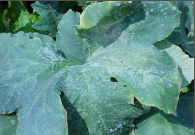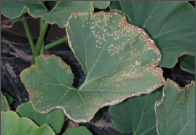Arka Tinda: Released by Indian Institute of Horticultural Research, Bangalore. It is an early maturing variety, which has soft fruits and is light green in color. White hairs are seen on fruits. Harvesting can be done 8-10 times. It gives an average yield of 42qtl/acre. It is suitable for sowing in whole India. The variety matures in 45-50 days.
Bikaneri Green: The variety matures in 45-50 days. The fruits are large in size which is deep green in color.
Selection-48 or Punjab tinda: Deep green color fruits which is medium maturing variety.
Anamalai Tinda: Deep green color fruits which is medium maturing variety.
Other state varieties:
Australian Green: Deep green color fruits having light stripes and is long in size.
Pusa Alankar: Hybrid variety. Light color fruits, shiny strips and long size.
Tinda 48: Its vines are 75 to 100cm longs. Its leaves are light green and fruits are of medium size. Fruits are round having shining light green color. It gives average yield of 25qtl/acre.
Tinda Ludhiana: Fruits are having light green, of medium size and having flat round shape. Each vine bears 8-10fruits. Its flesh is tender, of white color, contains less seeds and having good cooking quality. It is ready to harvest in 60days after sowing. It gives average yield of 18-24qtl/acre.
Mahyco Tinda
Swati: Fruits are of dark green color. It is ready to harvest in two month.














